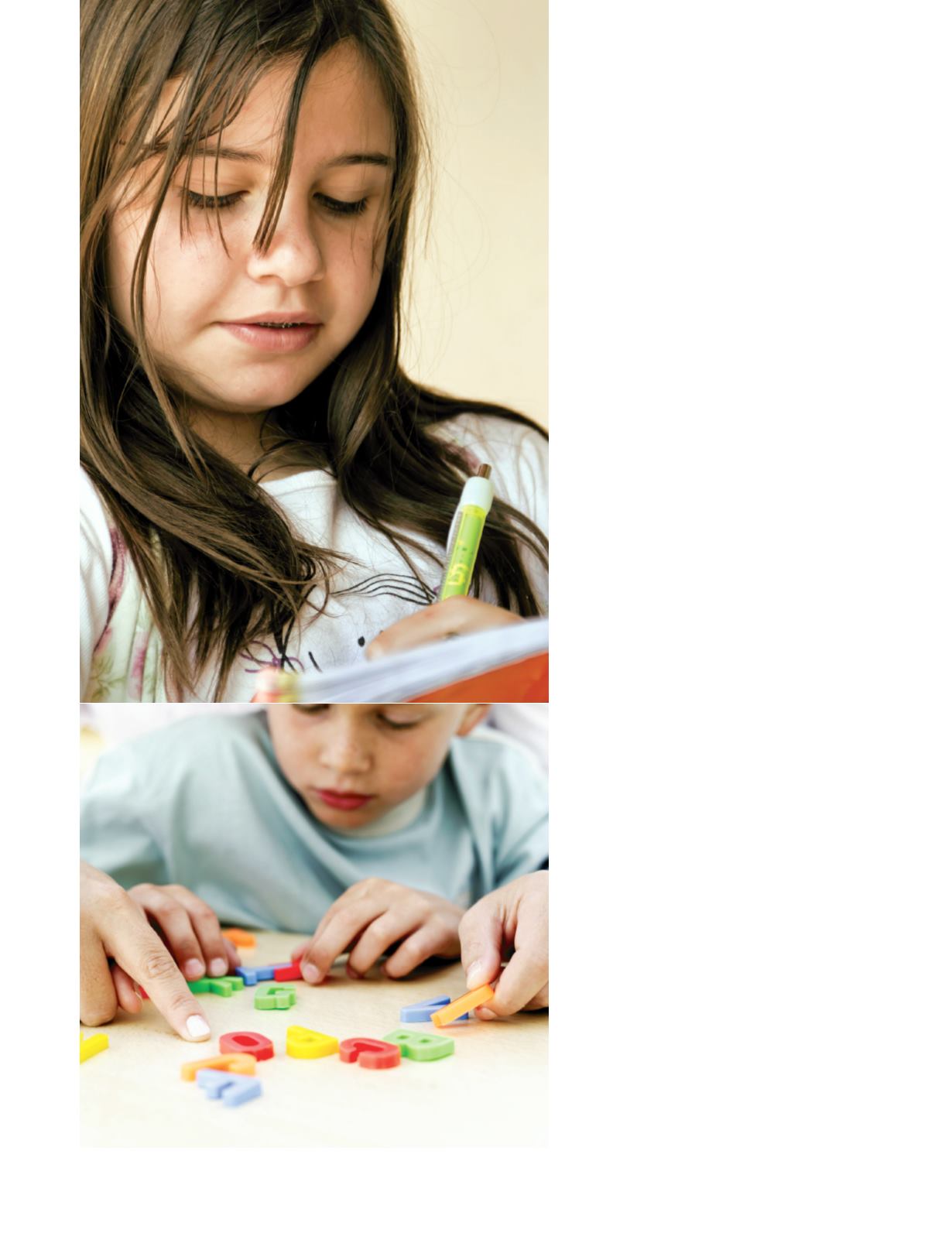
38
christian counseling today
Vol. 20 no. 2
and then find how many ways there might be to
get there.
Here are a few facts from just one of those
models to get you started:
Auditory learners need to talk.
Their lives
are filled with words, whether spoken out loud or
in their heads. Words, and how they are verbal-
ized, mean a lot. If you want to get the attention
of auditory learners, lower and modulate your
voice. Stay calm and ask questions—then allow
them time to talk to you while you actually
listen. They remember best when they can
process verbally, and their multiple interruptions
may indicate they are getting the point, not just
being inattentive.
Visual learners need to see.
While it
often seems they are simply uncommunicative,
it may be largely due to the fact they do not
feel the need to talk in order to communicate.
There are so many other, more visual, means—
pictures, notes, nonverbal language. Sometimes
these children are so busy trying to picture what
is being said that they forget to respond. If you
only judge them by what they verbally commu-
nicate, you may not know even half of what they
are thinking.
Kinesthetic learners need to move and
do.
It becomes increasingly difficult for kines-
thetic learners to listen while sitting or standing
in one place. You might be giving the best advice
in the world, but if sitting still is required to hear
it, kinesthetic listeners are often left behind in
the process. If you want them to keep track of
what is being said, keep them moving, even in
small ways. What could be considered “hyper”
activity may, in fact, diminish considerably
when their movements are incorporated into the
learning environment.
Regardless of their learning styles, children
should understand the need for accountability.
We must carefully identify the bottom line and
then give them some direction on how to get
there.
2. Awareness is half the battle.
It is surprising what a difference it makes when
we look at children through the perspective of
how different they are from us. As I do live semi-
nars, I have participants compare their learning
style profile with those around them. When I ask
how many have answers that are different from
their neighbors, most hands go up. Then I ask,


